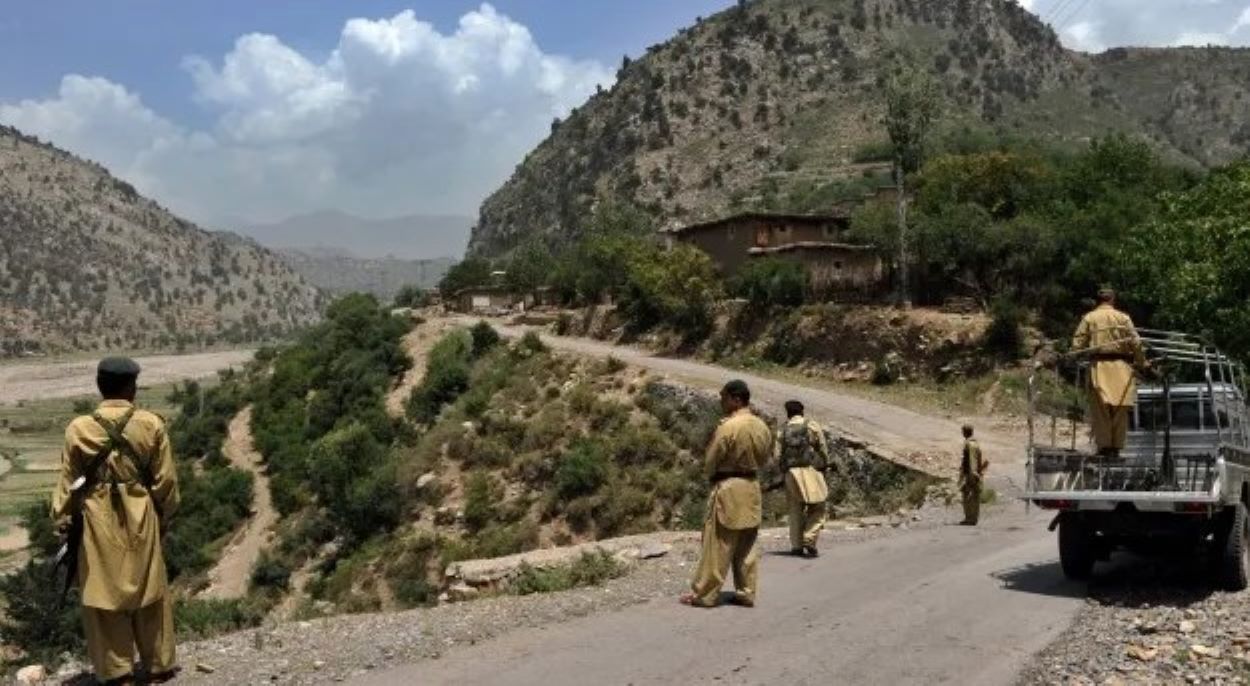After enduring six harrowing days of violent clashes, a monumental peace agreement was finally reached among the tribal elders of central and lower Kurram, marking the end of a conflict that claimed 50 lives and plunged the region into darkness. The cessation of hostilities followed a critical blackout of essential services, significantly affecting daily life and causing widespread unrest across 70% of the tribal district.
Under the vigilant oversight of the Thal Scouts and the Kurram district administration, revered elders from the two principal sects convened in Alizai Qila, where decisive talks unfolded. The negotiations culminated in a historic accord, with signatures from notable community figures such as Aqeel Hussain, Shujaatullah, Anwar Hussain, Famanullah, Nasir Bangash, and Syed Zulfiqar Shah. This crucial agreement emerged after escalating attacks on vehicles in Charkhel, prompting an urgent response.
In a remarkable commitment to peace, both factions vowed to foster a harmonious environment within their territories actively. Integral to this pledge was the understanding that any agitators seeking to disrupt the newfound peace would be promptly handed over to civil authorities, underscoring the community’s collective responsibility in sustaining this delicate calm.
Moreover, the agreement stipulated several conditions to maintain a peaceful status quo: a strict prohibition on weapon displays, the clearance and ban on new bunkers, and communal accountability for peace, particularly along critical passageways such as the Defence-Tall-Parachinar road.
Fragile Calm: Aftermath and Hope
Despite the agreement, the district bore the scars of the recent conflict. Residents faced a daunting reality with the suspension of electricity, internet services, and transportation routes, compounded by shortages of essential supplies like medicine and food. The turmoil, initially sparked by a territorial disagreement and further inflamed by divisive content, highlighted the volatile nature of the area, exacerbated by certain individuals invoking religious fervour for personal agendas.
Local inhabitants voiced their frustration with what they perceived as governmental inaction, emphasizing the gravity of the clashes and the profound impact on everyday life. The situation’s fragility underscored the urgency for effective law enforcement and peacekeeping measures, unfortunately deemed inadequate during the crisis.
Eyewitness accounts painted a stark picture of the conflict’s intensity, noting that even as the peace talks were underway, armed skirmishes persisted. The resulting panic and uncertainty further strained already limited local resources, causing genuine fear of additional casualties due to insufficient medical supplies.
With communication lines down, reaching higher authorities for comments remained unsuccessful. Nonetheless, the local populace’s urgent plea for immediate military reinforcement along vital transit routes resonated deeply, highlighting the essential role of robust and proactive peacekeeping strategies in ensuring the region’s long-term stability and the well-being of its residents.






